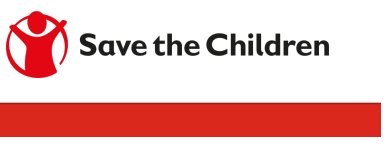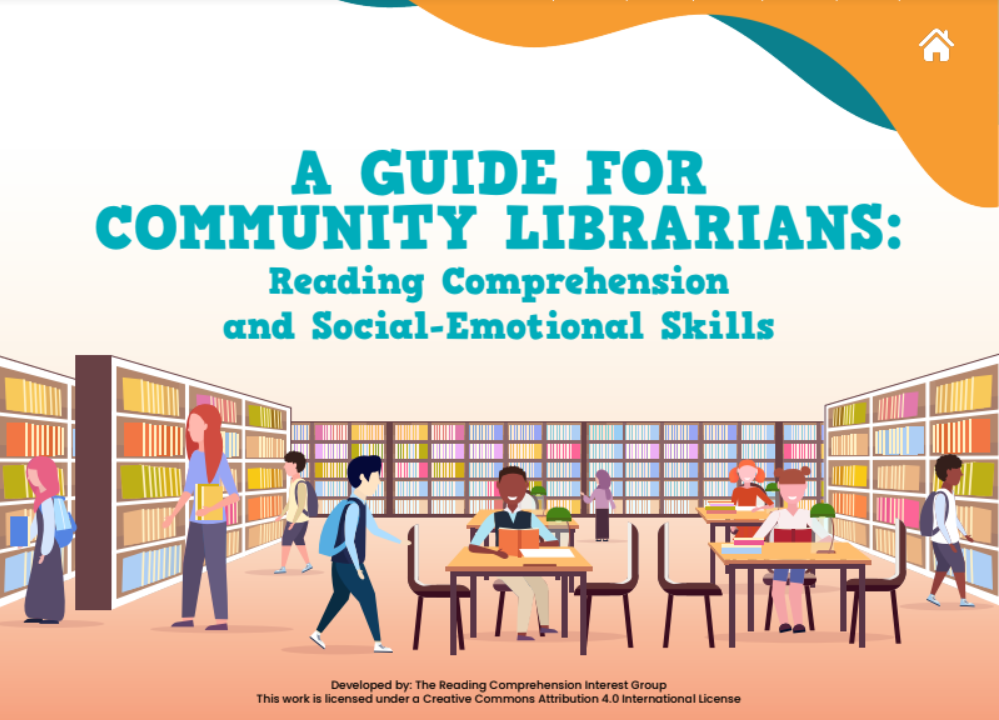The Cambodia Book Supply Chain Analysis was commissioned to inform the work of the GBA as well as that of USAID/Cambodia, the Cambodian Ministry of Education, Youth and Sports, and other key development partners. The analysis was conducted in 2020, and is available in English and Khmer.
A Practical Guide for Designing Track and Trace Systems for Teaching and Learning Materials
World Bank, 2022
A Practical Guide for Designing Track and Trace Systems for Teaching and Learning Materials
This guide (also available in French and Spanish) was created to help key country stakeholders understand and make the various decisions they must make in designing a Track and Trace (TnT) system, from initial conception through the “nitty-gritty” details of implementation. We begin with some of the biggest questions that need to be answered first when designing a new TnT system, such as “why are we designing a TnT system?” and “what do we want our system to be able to do?” This will help narrow the focus as we shift into more detailed discussions of technology options, deciding who will use the system and how they will interact with it, identifying key data pieces and their source, considering options for training users of the system, and identifying key performance indicators. Annexes at the end of these guidelines will discuss master datasheets, indicator reference sheets, additional technology considerations, and a longer form case study.
Cambodia - Can Transparency and Incentives for Community Participation Increase the Supply of Textbooks to Schools?
Book Chain : Incentivizing Actors in the Book Chain to Increase Availability of Quality Books for Children
REACH - World Bank Group 2019
This note summarizes the main takeaways of a discussion between REACH grantees. The goal was to identify the main bottlenecks in the book supply chain and to secure buy-in from government and other key players on the solutions that the grantees were proposing to address those bottlenecks.








